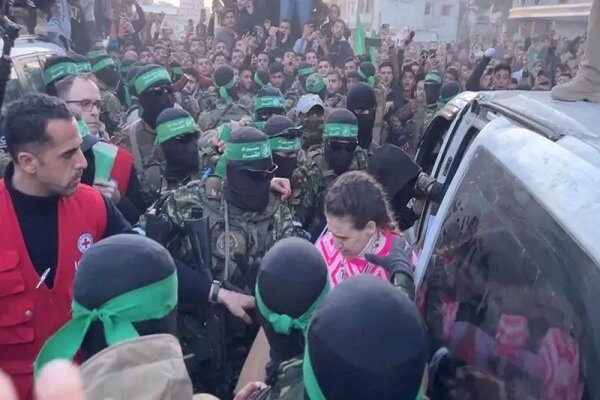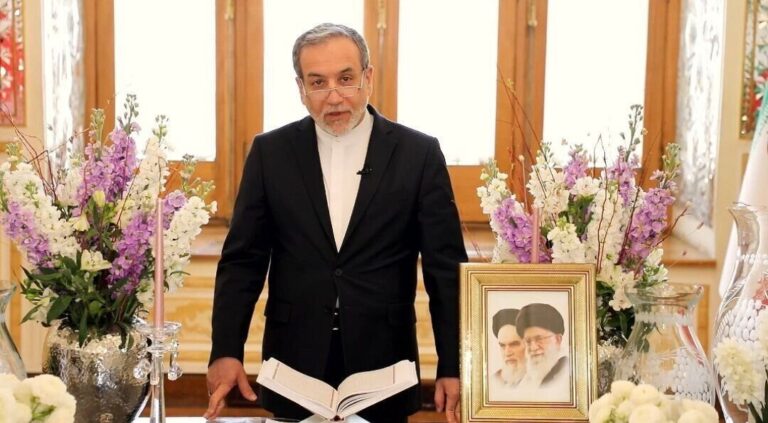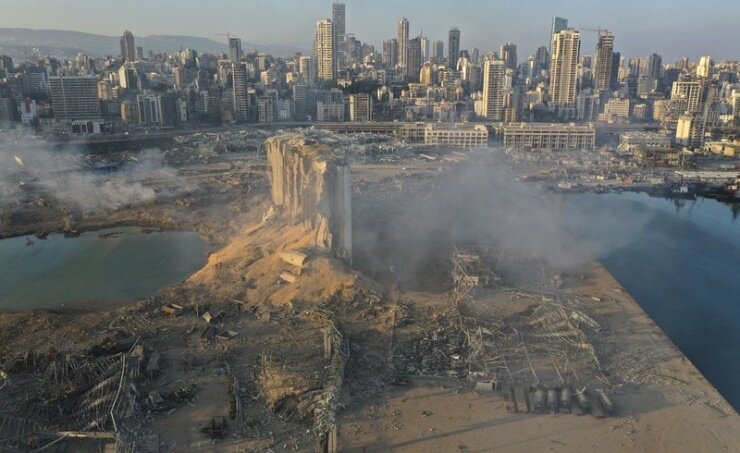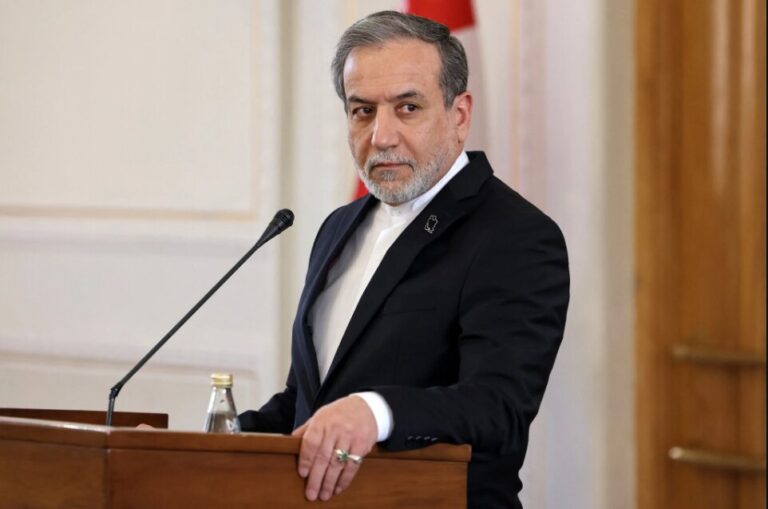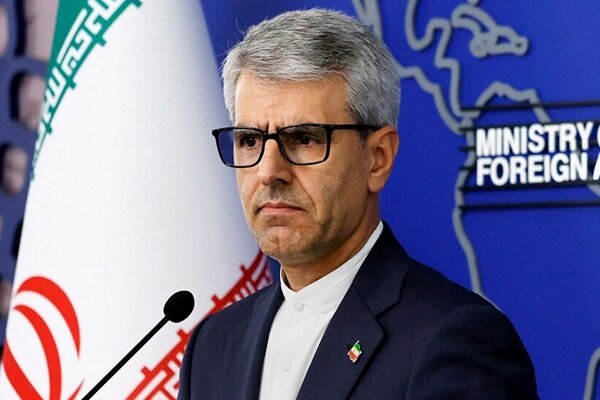Hamas Confirms Planned Release of Gaza Captives: What You Need to Know
Hamas has announced its commitment to releasing captives as part of a strategic effort to revive the ceasefire agreement. This development is crucial in the ongoing discussions surrounding peace and humanitarian efforts in the region.
According to reports from Al Jazeera, the resistance group is actively working with Egyptian and Qatari mediators in Cairo. The primary focus of these discussions revolves around several key terms of the ceasefire deal. These include:
- Securing housing for displaced individuals
- Urgently providing prefabricated houses, often referred to as ‘caravans’
- Distributing tents and heavy equipment
- Delivering essential medical supplies and fuel
- Ensuring the continuous flow of humanitarian relief
The statement released on Telegram highlighted that “The discussions were characterised by a positive spirit.” This optimism was echoed by mediators from Egypt and Qatar, who committed to resolving any existing obstacles and closing gaps in the negotiations.
In a further assurance, Hamas reiterated its dedication to executing the agreement as initially signed, which includes the systematic exchange of prisoners based on a specified timetable. This statement underscores the group’s intention to follow through with the commitments made during the negotiations.
This latest development is part of a broader effort to establish peace and stability in the region. As both the Egyptian and Qatari mediators play a crucial role in facilitating these discussions, their involvement is vital for the success of the ceasefire agreement.
The humanitarian crisis in the region continues to escalate, making it imperative for all parties involved to adhere to the terms of the ceasefire. The release of captives is seen as a significant step toward rebuilding trust and fostering a more peaceful environment.
Furthermore, the negotiations are not only about the immediate release of prisoners but also encompass long-term strategies for recovery and rebuilding. Key aspects of these discussions include:
- Addressing the immediate needs of those affected by the conflict
- Establishing a framework for sustainable housing solutions
- Ensuring that humanitarian aid reaches those in need without hindrance
- Creating a roadmap for future peace talks and agreements
As the situation develops, it remains essential for all stakeholders to prioritize the well-being of civilians and work collaboratively towards a lasting resolution. The commitment from Hamas to release captives is a hopeful sign that the ceasefire deal can be effectively reinstated and that further negotiations can progress.
In conclusion, the ongoing discussions in Cairo highlight the importance of international mediation in resolving conflicts. The positive spirit of the talks, as expressed by both Hamas and the mediators, is a promising indication of potential progress. The focus on humanitarian needs, alongside the commitment to the ceasefire agreement, shows a collective desire for peace and stability in the region.
As we continue to monitor the situation, it is crucial for the international community to support these efforts and encourage dialogue among all parties involved. The potential for a peaceful resolution is within reach, provided that the commitments made are honored and the needs of the affected populations are prioritized.
